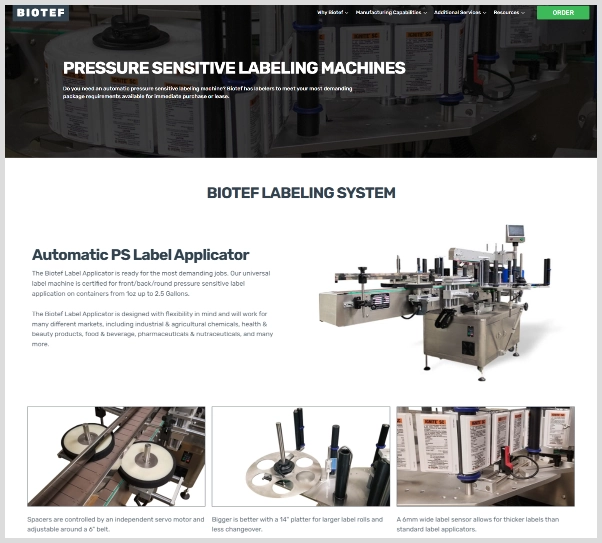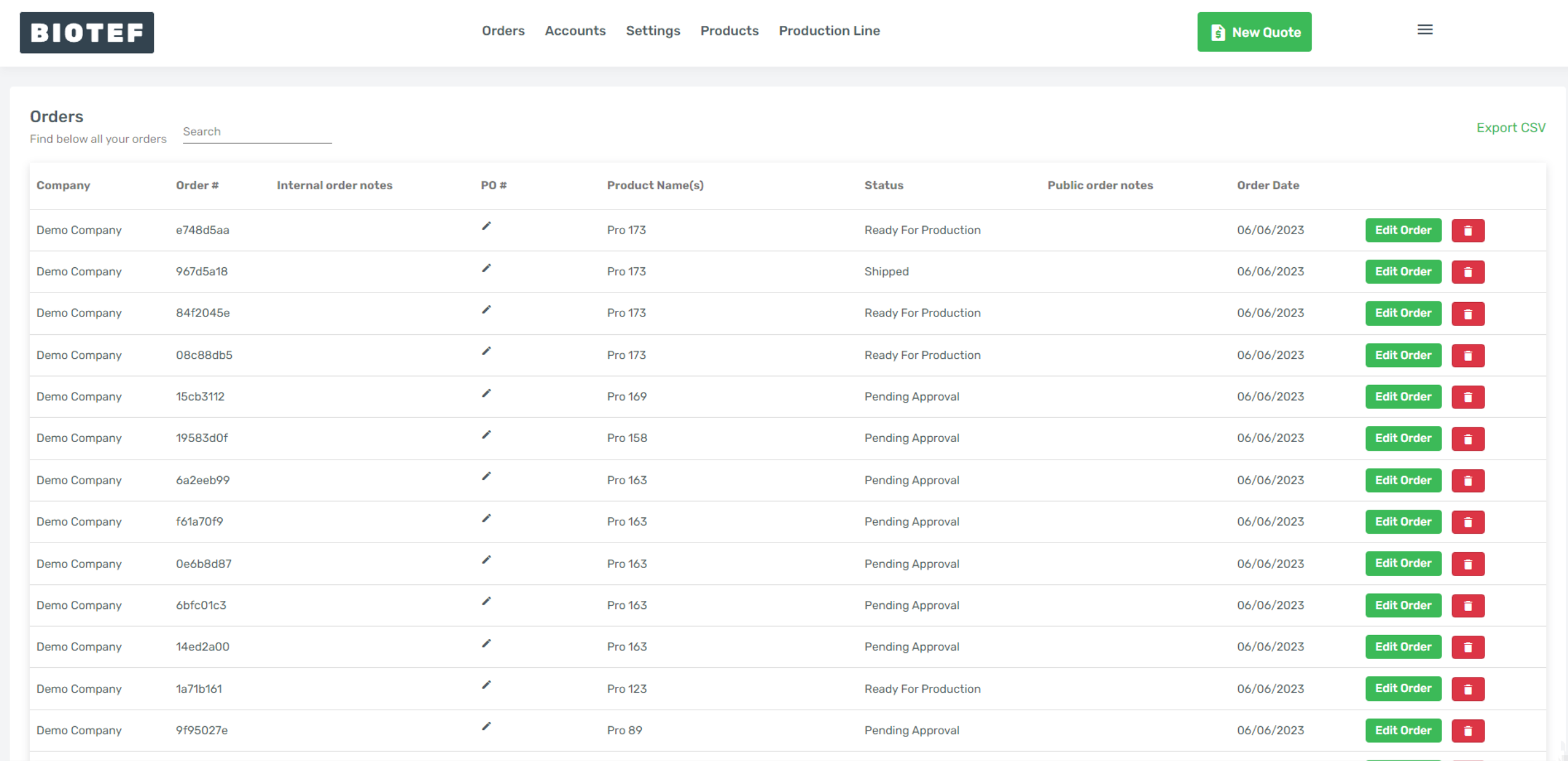System Architecture
The system was designed using a Microservices Architecture, which allows for modularity, scalability, and easier maintenance. Each microservice is responsible for a specific functionality, such as label design, order management, and analytics.
API Gateway
A centralized API Gateway was implemented to manage requests and route them to the appropriate microservices.
Database Sharding
To handle large volumes of data efficiently, database sharding techniques were employed.
Load Balancer
A load balancer was integrated to distribute incoming application or network traffic across multiple servers.
Frontend Architecture (Angular)
Component-Based Design
The frontend was developed using Angular's component-based architecture, allowing for reusability and easier maintenance.
State Management
NgRx was used for state management to handle the application's global state efficiently.
Lazy Loading
To improve page load times, Angular's lazy loading feature was implemented.
Backend Architecture (Node)
Event-Driven Architecture
Node's event-driven, non-blocking I/O model was leveraged for efficient handling of concurrent requests.
Middleware
Custom middleware was developed for tasks like authentication, logging, and data validation.
Asynchronous Operations
Node's asynchronous capabilities were utilized for tasks that require non-blocking operations, such as file uploads and third-party API calls.









